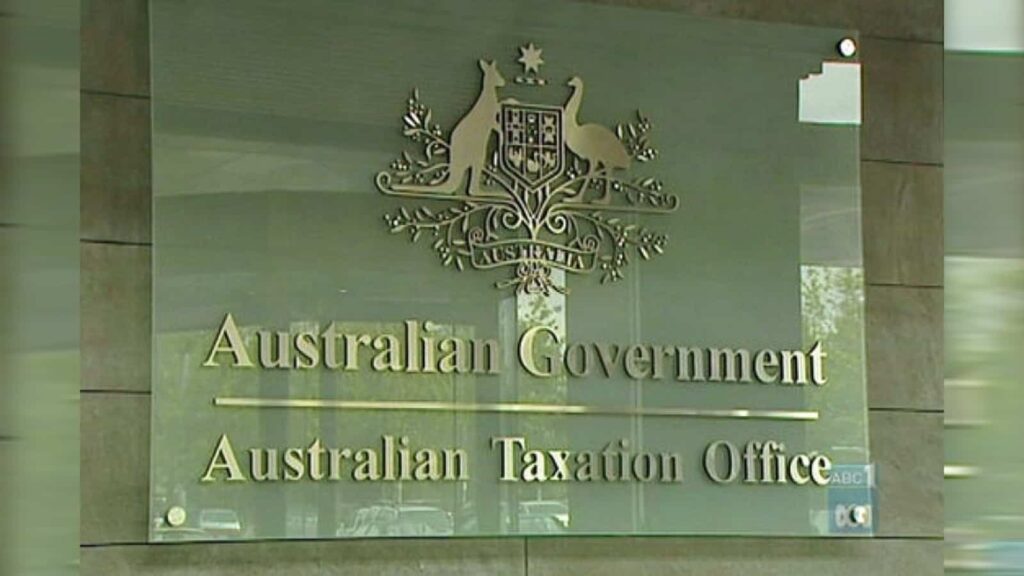Budgeting can be a very difficult thing but with this zero-based budgeting, you can be assured of getting an easy budget to live with. So if you are interested in finding out about it then this article has got you covered.
Let us get straight to it.
What is a Zero-Based Budget Method?
Zero-based budgeting process is a strategic budgeting approach that mandates a fresh evaluation of all expenses during each budgeting cycle.
With zero-based budgeting (ZBB), as opposed to starting with the prior budget and making necessary adjustments, all costs for a new period or year must be justified from the beginning.
ZBB is a very useful business-planning tool that may assist a firm in regulating expenditures, finding and removing wasteful expenses, and concentrating on profitable projects.
Allocating resources as efficiently as possible by making sure money goes toward projects that meet strategic goals and provide the most value is another goal.
Zero-based budgeting (ZBB) is a concept that was developed in the 1970s by accountant and consultant Peter Pyhrr. Pyhrr understood the drawbacks of conventional budgeting techniques that depended on making small changes to earlier budgets. He thought that institutions need.
He thought that in order to guarantee that resources were distributed effectively and in line with strategic goals, businesses needed to adopt a more strict approach to budgeting.
Pyhrr proposed the concept of beginning the budgeting process with a “zero base,” which required each cost to be explicated from the ground up. This method called into question the idea that past spending levels were inherently justifiable by asking people and departments to give a thorough justification for each expense.
Although zero-based budgeting is mostly employed in business, it may also be used by families and individuals.
Do not misconstrue Zero budgeting as Traditional budgeting, these two are slightly different.
Zero budgeting or Traditional budgeting what is really the difference?
Instead of justifying both new and old costs, as zero-based budgeting requires, traditional budgeting asks for small increases above prior budgets, such as a 2% increase in spending.
Like traditional budgeting, zero-based budgeting (ZBB) starts from zero and requires an explanation of both new and ongoing spending. Traditional budgeting simply evaluates new expenditures.
Zero-based budgeting seeks to maximize expenditures rather than merely income in order to produce value for a business by placing the burden of proof on managers.
In conventional budgeting, the demand for inflation and new programs comes first, then the prior expenditure level. In zero-based budgeting, on the other hand, a decision unit is divided into comprehensive decision packages, which are then ranked according to their importance.
This allows upper management to focus on the decision packages that have been given priority over the rest.
If you have any questions about this article kindly, leave them in the comment section and my team and I will gladly answer them for you.




